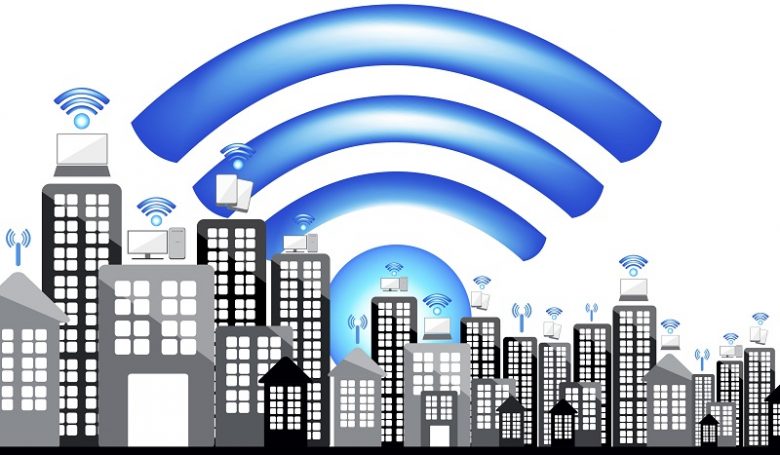What are the basics of Wi-Fi to multiple buildings?
Running a single wireless network through several buildings can be an economical way to provide Internet access, helping you to save money by eliminating the need to set up several separate networks. However, it can also present some unique challenges, forcing the signals to pass through the exterior walls as internal. The basis of the multi-building networking is largely the same as regular Wi-Fi networks, although some specialized equipment may be required.
The surrounding area of investigation
The first step when setting up a large wireless network should be to survey the area that needs covering. As a minimum, you should measure the distance between each building, as longer distances require a more powerful signal. You should also establish the materials used to construct buildings such as Wi-Fi signals do not pass through concrete or metal surfaces well.
Choose wisely your Router
Networks multi-buildings can put a lot of strain on your router, as they may involve a significant number of clients that communicate over relatively large distances. Make sure the router is able to perform simultaneously and preferably has replaceable antenna network customers fairly. You should also pay special attention to the placement of the router. Using the information gained in your investigation to position the router away from sources of interference and minimize the distance between it and network devices.
More power to your antennas
Using a router with replaceable antennas provides greater control over the way in which the wireless signal is transmitted. By replacing the stock antenna router with higher gain examples, you can increase the range of your network to a relatively small sum of money.
Installation of repeaters
Repeaters allow avoiding interference problems with the external walls of buildings. By inserting an antenna outside a building and wiring it to a repeater inside, it is possible to transmit the signal through these walls as a cable signal, rather than wireless. This allows you to provide a cleaner signal to your devices, as each building will have its own Wi-Fi signal repeated locally, rather than relying on the main signal transmitted by the router.


Leave a Comment